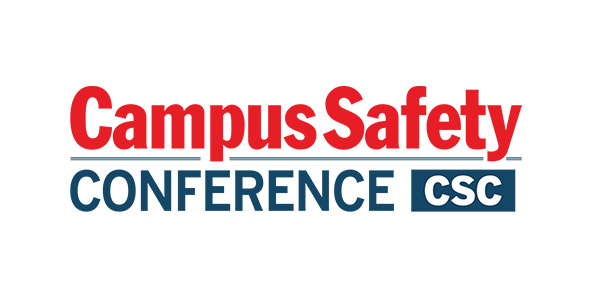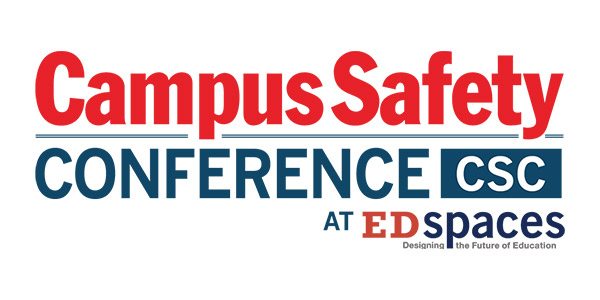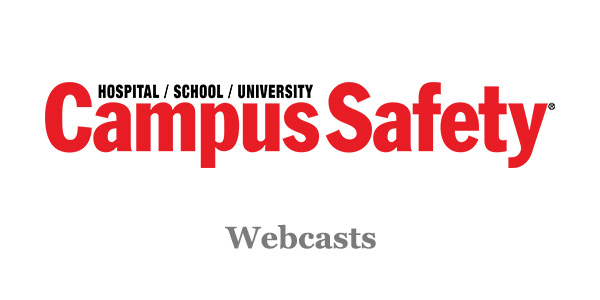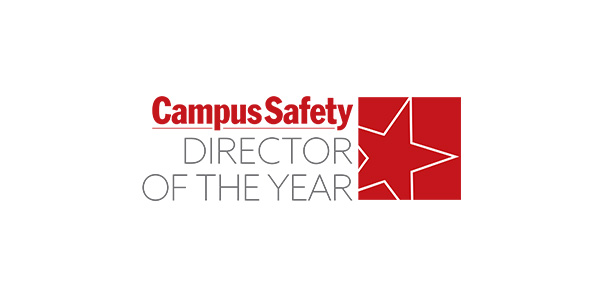In any emergency, it’s the first minutes that matter most. In almost every case, the faster the response, the better the outcome, as long as the response is based on an accurate, early understanding of what’s happening, and planned, practiced actions.
One way to think about this is the routine preparedness that is taken for granted by those living in tornado zones. In communities where tornado risks are higher, people are accustomed to listening for sirens and alerts and acting quickly to find shelter. They know that delay or indecision can be fatal.
The big difference with the types of major incidents that schools must plan for – armed assailants, fires, serious accidents, medical emergencies, children gone missing – is that although such events may occur quite often nationally, for individual schools they are thankfully rare.
The Challenge of Maintaining Vigilance
Wherever emergencies aren’t routine, it’s hard to stay watchful, to detect threats early, and to respond efficiently within those vital first minutes.
There’s an added danger as well. Increasingly for people today, excessive exposure to traumatic incidents via phones and TV screens – through news reports, social media, and dramatic movies and TV shows – can lead to a state of unconscious, raised anxiety that can further inhibit response. When somebody’s underlying fears suddenly look like they are becoming a reality, this can trigger an exaggerated “fight or flight” response that leads to paralysis instead of quick action.
To counter these problems, regular drills are a measure mandated by most states (including drills for fire, lockdown, evacuation, and shelter-in-place). These rehearsals can include tabletop exercises for staff responders, and age-appropriate drills for the wider school community including children.
Related Article: 7 Not-So-Obvious Benefits of Tabletop Exercises
These exercises act as a reminder that emergencies, however rare, are always possible. And crucially they take away some of the fear and equip adults and children with the knowledge and confidence to act without hesitation. If you can make response to a particular emergency feel routine, people are less likely to freeze.
AI Video Analytics Accelerate Emergency Response
To help further speed up response and ensure the right actions happen within those vital first minutes, a new generation of advanced video technologies is becoming available to schools.
Artificial intelligence (AI) video analytics have the advantage of aligning perfectly with K-12 schools’ existing preparedness measures, and they are affordable, fast to deploy, and easy to use. They don’t require a radical change of thinking, and they don’t take much time getting used to.
In fact, like all the best examples of emerging AI technology, they support people in doing the things they already do; and in so doing, they can reduce time and effort, boost accuracy, and improve outcomes.
AI-Powered Weapons Detection
Weapons detection demonstrates the technology’s capabilities.
AI video surveillance can automatically detect when there is a risk that somebody may be holding, reaching for, or concealing a gun. Unlike metal detectors, video analytics are not affected by false positives triggered by iPads, laptops, ring binders, or keys. Additionally, analytics can detect weapons before the would-be assailant even enters the building.
Related Article: How AI Video Analytics Transforms Campus Safety, Efficiency and Compliance in Schools and Universities
Also, unlike audio-based gunshot detectors, video detection works before the trigger is pulled.
Leading AI models are trained to recognize pistols, rifles, and long-profile firearms from various angles, distances, and lighting conditions. Automated alerts can be triggered based on factors such as the duration of detection and active movements, such as when a weapon is raised or brandished.
In many major shooting incidents, the attacker has their weapon out before they get to the door, which is the best moment to detect them and act. AI cameras looking over perimeters, school grounds, and entrances can maintain constant vigilance without losing attention or getting tired and therefore provide that vital early warning.
Mobile Alert Systems for Staff
Alerts can be sent to control room operators, so that trained staff can quickly check the real-time video feed and verify whether further action is needed. The same warnings can be sent to responders or authorized managers via their phones or tablets, with a new generation of mobile VMS apps that allow control and management of the school’s video surveillance system by users who are away from their workstations, on the move.
This reflects the everyday reality of school life: staff are focused on teaching, supporting students, and managing daily operations. While they carry out these critical responsibilities, AI-powered video detection systems work quietly in the background, providing continuous monitoring and peace of mind.
Advanced Detection Capabilities Beyond Weapons
Systems can be configured to identify events of interest, such as people running in locations or at times when that is not normally expected. They can detect loitering; crowds; aggressive body movements; fights; and falls. They can distinguish appearance characteristics that can be useful in reviewing footage to find target individuals – clothing colors, accessories such as hats and bags, and demographic characteristics such as age and gender.
Related Article: Poor Policies and Over-Reliance on AI Can Sabotage Your Security Technology’s Potential
AI detection can identify when someone enters a restricted area (line-crossing detection) or if an item is left behind or taken without authorization (left or removed object detection). These systems also enhance safety by sending alerts if an emergency exit is blocked or a fire door is propped open. They can help with vehicle control as well, for example detecting if a car or a person is present in a traffic lane reserved for school buses.
It’s possible, for example, not only to automatically log the time when a school bus arrives, but to count how many people disembark. Alerts can be sent if the expected number of passengers do not arrive at the school, adding an extra layer of accountability and ensuring student safety.
Improving Accuracy and Expanding Applications
The best video analytics technologies use deep learning engines that are 98% accurate, and they are becoming ever more accurate with use.
At the same time, the potential applications for video analytics are growing continually. If a school administrator can think of a practical requirement, chances are it’s either possible now or will become possible soon.
So, there are sound arguments for finding affordable routes into the technology today, to start benefiting immediately and not to be left behind as innovations accelerate.
The good news is that for all their sophistication, the best available solutions have emerged from a commercial security sector with a long tradition of focusing on usability and cost realism. They know that often the people using their systems will not be security- or tech-specialists, so they’ve put effort into developing controls that are intuitive and easy to use, for all their advanced functions and capabilities.
Flexible Implementation Options for Schools
Video analytics can be introduced system-wide, across the whole school property, or in specifically targeted locations such as entrances, corridors and common areas. For the former, the analytics processing takes place within the VMS (Video Management Software); for the latter, the analytics are built into the camera itself (edge AI cameras). Offering a halfway option, VA box devices make it possible to add analytics functionality to up to four conventional cameras, providing yet more flexible upgrade and scalable options.
This means that any K–12 school looking to upgrade or modernize part or all of its existing camera system can now easily adopt AI analytics, whether at a few key locations or across the entire campus. This flexible approach enables schools to make a meaningful impact on the safety of their students, staff, and broader community.
Cameras no longer serve only to show what happened after an incident. They can now help prevent it from happening in the first place.
Today, with automated detection and alerts, they are enabling the fastest possible responses in the early minutes that matter most.
Darron Parker is executive vice president of sales at IDIS Americas.
Note: The views expressed by guest bloggers and contributors are those of the authors and do not necessarily represent the views of, and should not be attributed to, Campus Safety.







